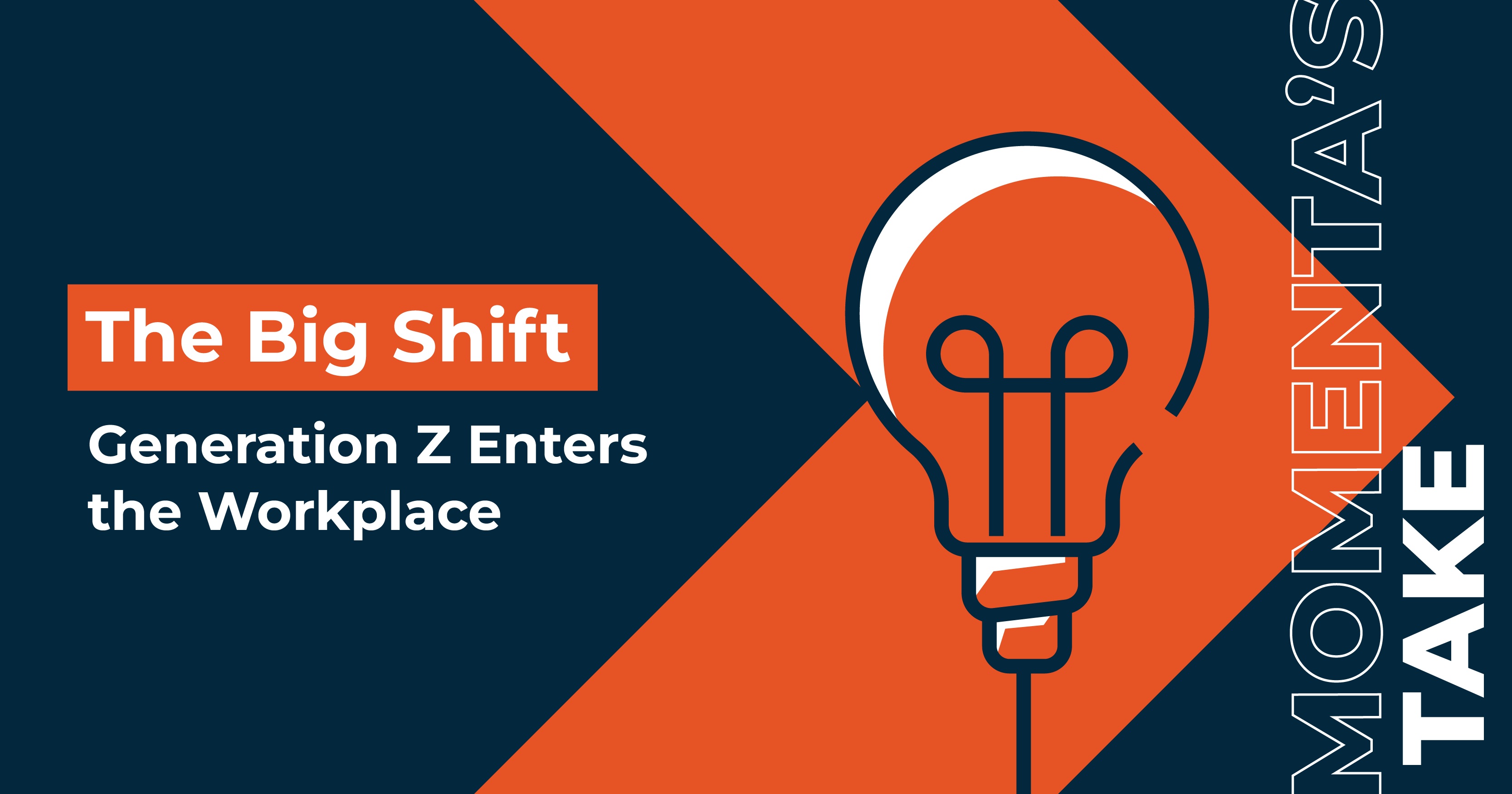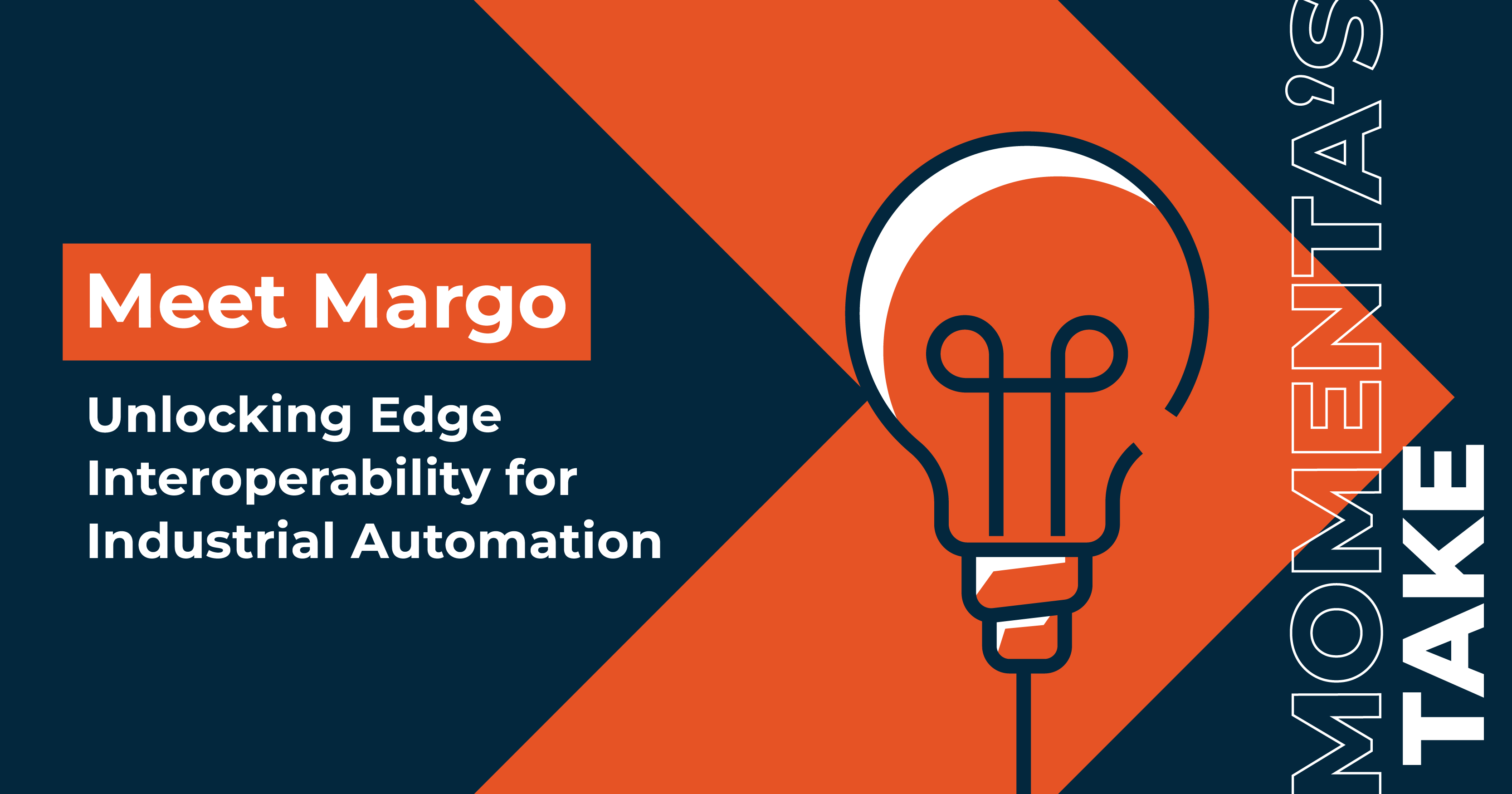Momenta's Take: Web 3.0: Exploring Its Impact
Ken Forster
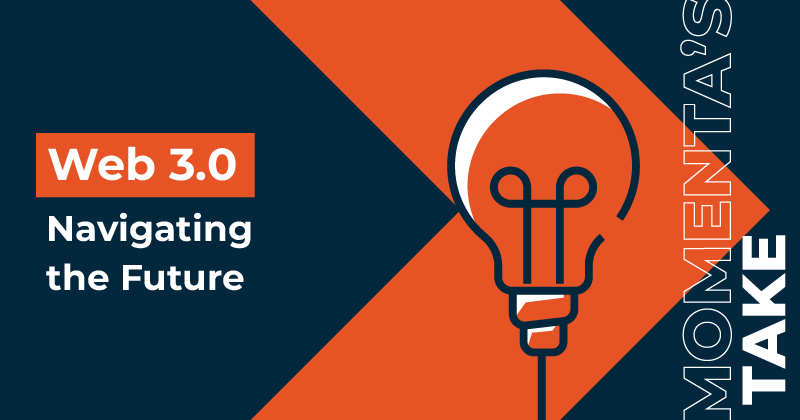
Navigating the Future: Understanding Web 3.0 and Its Implications
Is Web 3.0 just a buzzword, or does it represent substantial evolution? The term "Web 3.0" was originally coined in 2014 by Ethereum co-founder Gavin Wood to describe a decentralized technology ecosystem based on blockchain. Since then, the term has broadened to encompass an aggregation of technologies that represent the next stage in the evolution of the internet.
Web 3.0 builds upon existing technologies such as blockchain, cryptography, and decentralized networks, representing a paradigm shift not dissimilar to Industry 5.0, which builds on Industry 4.0's concepts around process optimization by layering principles of sustainability, human-centricity, and resilience.
Web 1.0 (“Read-Only”) "is focused mostly on static websites with very little use interaction. Web 2.0 (“Read-Write”) "is focused primarily on user-generated content and social networking. Web 3.0 (“Read-Write-Own”) " emphasizes decentralization, data sovereignty, and user empowerment while incorporating new concepts such as decentralized autonomous organizations (DAOs) and smart contracts.
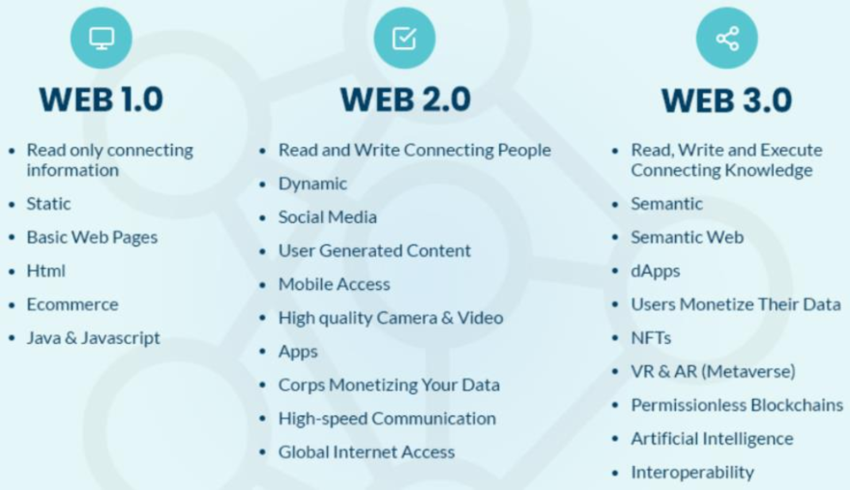
While it is difficult to capture Web 3.0 in a simple definition, there are a few core principles that help define the ethos:
- Decentralization: Unlike Web 2.0, which relies on centralized platforms and intermediaries to facilitate digital interactions, Web 3.0 leverages decentralized technologies to enable peer-to-peer transactions and communications. This approach empowers individuals and promotes greater autonomy, resilience, and censorship resistance.
- Interoperability: Web 3.0 fosters interoperability, allowing different systems and applications to communicate seamlessly. In contrast to Web 2.0, where data is often locked within proprietary ecosystems, Web 3.0 engages open standards and protocols that facilitate cross-platform interoperability.
- Semantic Web: Semantic web technologies employ metadata and artificial intelligence to provide meaning (semantics) to user-generated data. Web 3.0 aims to leverage Semantic web technologies to perform complex tasks by understanding the content and context of web data.
- Spatial Web: Spatial Web technologies such as Augmented Reality and Virtual Reality seek to emphasize the shift in experience for the end user by transferring interaction with information away from screens and into physical space.
- Data Sovereignty: Web 3.0 prioritizes data sovereignty, where users retain ownership, sharing, and control over their personal data. This contrasts with Web 2.0, where centralized platforms control user data in exchange for services.
- Privacy and Security: Web 3.0 places a premium on security and trust, leveraging cryptographic techniques and decentralized consensus mechanisms to ensure the integrity and authenticity of digital transactions. Through the use of blockchain and smart contracts, Web 3.0 reduces risks of fraud, tampering, and unauthorized access.
- Tokenization and Digital Assets: Web 3.0 enables assets to be tokenized, allowing digital assets to be created, transferred, and managed securely and transparently. Leveraging cryptocurrencies mitigates reliance on the centralized infrastructure of banks and payment processors.
- Incentive Alignment: Conceptually, Web 3.0 enables incentive mechanisms such as tokenization and decentralized governance to align stakeholder interests with collective action. Token economies and decentralized autonomous organizations (DAOs) encourage community participation, contribution, and collaboration, where value can be distributed more fairly among participants.
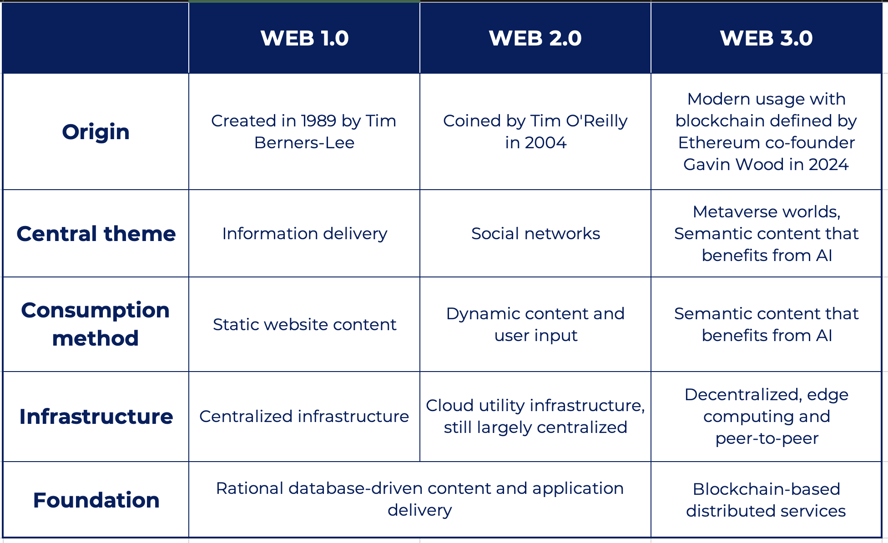
For industrial firms, Web 3.0 principles offer the potential for new applications and solutions to deliver increased efficiency, transparency, and security. A few potential scenarios include:
- Supply Chain Management: By leveraging decentralized ledgers and smart contracts, digital industrial firms can enhance supply chain transparency, traceability, and efficiency. Blockchain-based solutions can help track the provenance of raw materials, streamline logistics operations, and ensure regulatory compliance.
- Smart Manufacturing: Web 3.0 technologies can enable secure data sharing and collaboration across distributed networks of sensors, actuators, and autonomous systems. Decentralized technologies can help manufacturers optimize production processes, minimize downtime, and adapt to changing market conditions.
- Data Monetization: Web 3.0 technologies allow data assets to be monetized more securely and transparently. Data sovereignty principles and tokenization mechanisms enable firms to generate new revenues from licensing access to their data or participating in blockchain-powered data marketplaces.
- Collaborative Innovation: Through the use of decentralized governance models and by incentivizing participation, Web 3.0 technologies can help firms co-create value with stakeholders and accelerate innovation in product development, service delivery, and sustainability.
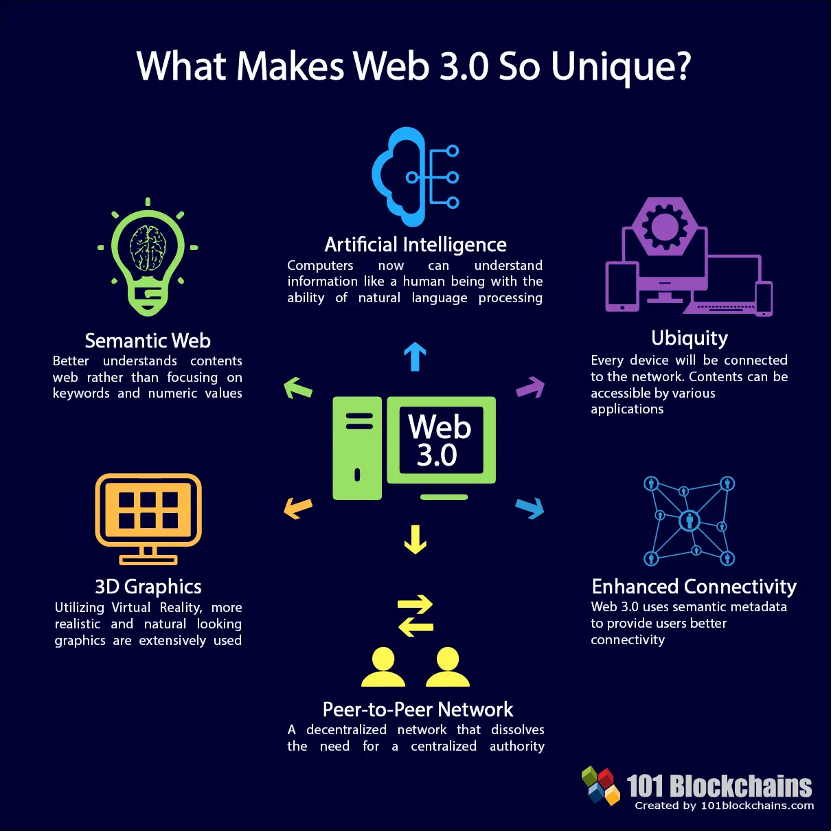
Web 3.0 generated a lot of excitement among investors and early adopters, but it is increasingly apparent that imminent adoption was oversold. Sentiment soured on cryptocurrencies in 2023 following the collapse of FTX and the bankruptcy of Genesis Global Capital and Celsius, among other debacles (although Bitcoin has recovered to rally to all-time trading highs in March 2024). Gartner has scaled back its prior estimates, forecasting that 25% of enterprises will use centralized services wrapped around decentralized Web 3.0 applications by 2027 -- three years later than previously forecast. According to Crunchbase, VC investment in Web 3.0 also dropped significantly, with $3.6bn in 1H23 fundraising representing a 76% drop from the prior year period.
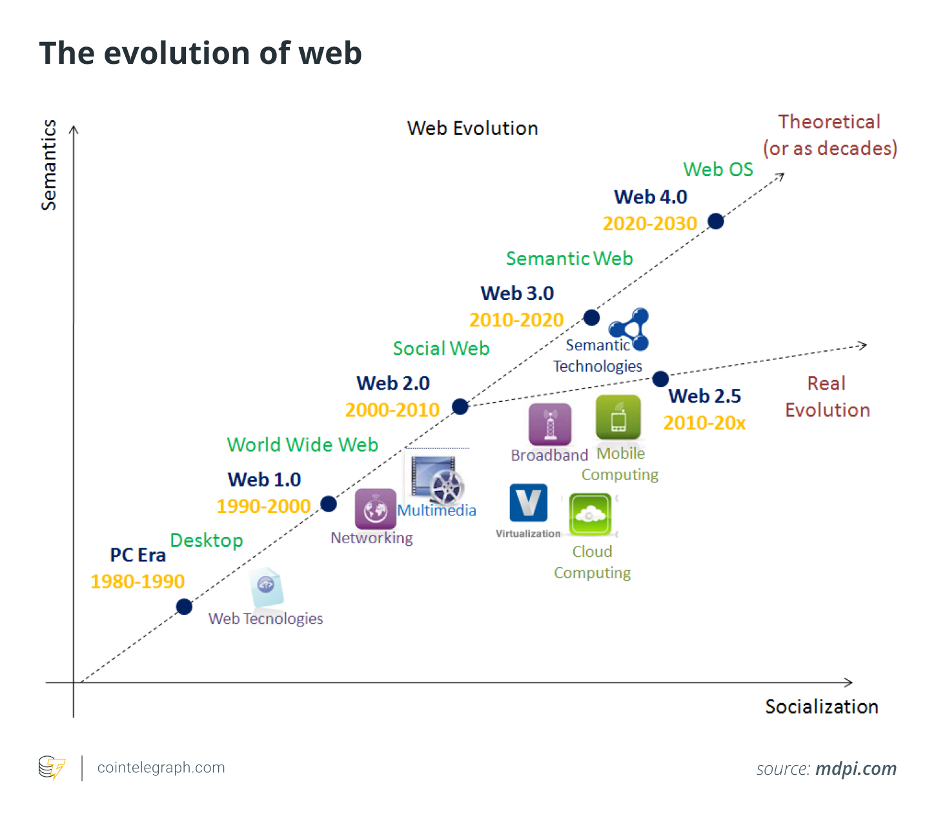
Despite the receding hype, the underlying technologies and principles of Web 3.0 are poised to drive a new era of innovation for digital industrial firms. Web3: Charting the InInternet'sext Economic and Cultural Frontier by Alex Tapscott outlines the future promise across different industries. Core principles of decentralization, interoperability, data sovereignty, security, and incentive alignment can help realize new opportunities for value creation, innovation, and competitive advantage. There remain significant barriers to adoption: high technical knowledge demands for users, blockchain transaction costs that have not declined as much as anticipated, open standards that continue to evolve, decentralized design principles that face pushback from large internet firms and regulators, and semantic AI technologies such as Large Language Models (LLMs) that remain buggy in practice. Nevertheless, Web 3.0 represents the next step as an important evolutionary paradigm - with highly promising implications for digital industrial firms.

Momenta is the leading Industrial Impact venture capital firm, accelerating digital innovators across energy, manufacturing, smart spaces, and supply chain. For over a decade, our team of deep industry operators has helped scale industry leaders and innovators to improve critical industries, the environment, and people's quality of life.

